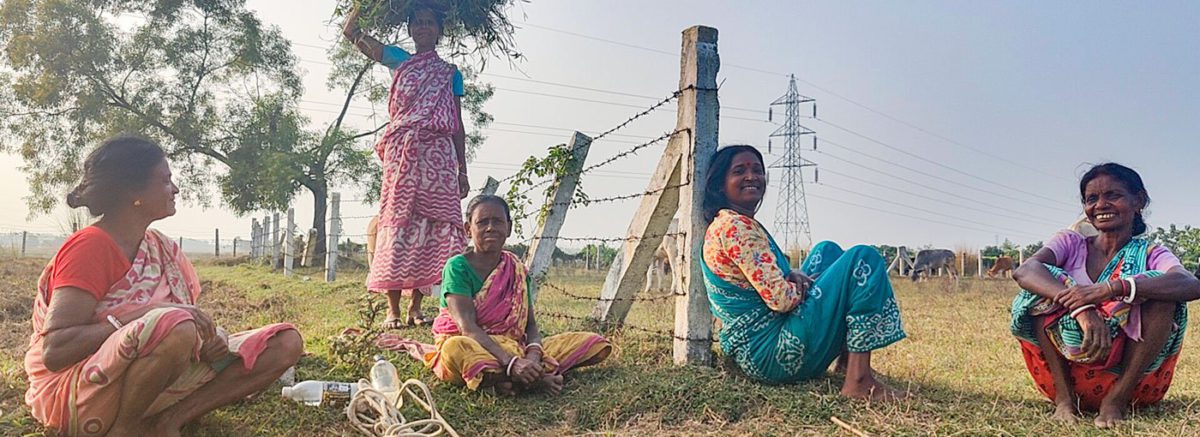According to the time-use survey 2019-20 for India, “Employed young women in paid work in rural India spent about 4 hours and 50 minutes on household chores. Their counterparts in urban areas spent around 2 hours and 45 minutes on domestic work. In contrast, employed young men spent only 40 and 30 minutes in rural and urban areas, respectively, carrying out domestic work.”
Promptly, I woke up one Monday morning and chose to rebel. Furthermore, I decided to have some leisure time. Two choices in one day? Wow, It felt like I changed my world against years of conditioning. When was it the last time you really put your hair down and feet up as a woman?
Today, I reflect and write about the politics of leisure.
What is Leisure?
It is important to define the context of leisure here. Leisure refers to discretionary time that is not devoted to work, domestic activities, or other obligations. It is a time that individuals can use freely, according to their interests, preferences, and values. Leisure can take various forms, such as hobbies, sports, travel, socializing, cultural activities, or relaxation. In short, achieving a work-life balance is often considered a near-impossible feat.
My understanding of leisure and work-life balance has been shaped in many ways by observing my mother and the women around me. The concept of work-life balance entails efficiently dividing time between office work and household chores. It means having to multitask to the point where exhaustion is seen as an excuse for women, as described by Arlie Hochschild as the ‘Double Burden.’ It involves working around the clock for economic independence and then resuming unpaid care labor within the household, all with the same level of rigor.
Leisure is a feminist issue!
We can view leisure as a feminist issue in various ways, one of which involves acknowledging the gendered nature of leisure. Women often face barriers in accessing and participating in leisure activities.
The relationship between women and leisure is intricate and influenced by gender dynamic. In today’s society, women’s roles have expanded from caregiving to also providing for their families. However time itself is gendered, and so is leisure. Historically women had limited access to leisure time and activities than men. Their responsibilities as caretakers and domestic workers took precedence. Consequently leisure activities were perceived as a luxury or a frivolous pursuit that women couldn’t afford.
Moreover, gendered expectations and stereotypes confined women’s leisure activities to activities such as shopping or crafting, while physically demanding or adventurous pursuits were deemed more suitable for men. Feminist perspectives on leisure aim to challenge these gendered expectations and advocate for recognising the value of women’s leisure time and activities.
‘Doing Nothing’
In our world with modern sensibilities, leisure or ‘me-time’ has become part of our vocabulary as we address gender inequality in leisure – a paradigm connected to the conversations around gender inequality in workspaces. I focus on leisure as a gendered matter from the point of view of women, as I am to avoid speaking for those whose lived experiences may differ from my own.
In the process of democratizing leisure, another feeling inevitably arises: lack of time. Research on leisure in a gendered context is relatively new. With the increased awareness of its importance also arrives anxiety of not having enough hours to indulge in the the wide range of activities labelled as ‘leisure’. Blame it on the social media.
Leisure within safe spaces
Public spaces are often gendered in ways that reinforce societal norms and expectations regarding gender roles and behaviour. These gendered public spaces can shape how individuals navigate and utilize these areas, as well as determine who feels welcome and safe within them.
Therefore it’s important to promote access to safe and inclusive leisure spaces. We also must challenge stereotypes and social norms that restrict women’s choices in leisure activities, while advocating for policies and programs that support women’s pursuit of leisure.
Feminist approaches to leisure also acknowledge the intersectional nature of gender, considering how it interacts with other social identities such as race, ethnicity, class, and sexuality. These intersections can create additional barriers to women’s participation in leisure. Thus, a feminist approach to leisure strives to address these multiple and intersecting forms of inequality, aiming to foster greater equity and inclusion in leisure opportunities for all women.
Unequal Distribution of Leisure
In my research and lived experience, I perceive that the quality of leisure is lower in women. Their role is more connected to “family time”, which is less relaxed and less free of interaction with children.
Women indeed carry a more significant portion of the overall (paid and unpaid) workload compared to men. Domestic work has not diminished to compensate for the long hours that women work in the paid labour market. The fact that women work more hours overall, whether paid or unpaid, partly explains why their free time is of inferior quality. Women often cut back on their leisure pursuits to attend to their home and work requirements.
The role of gender norms is equally significant. Women usually tailor their leisure time to the wants and preferences of others. Due to our high sense of social duty or the “ethics of care (as mentioned by Miller & Brown) we accommodate our partners and or children.
Reducing gender inequality in leisure
Reducing gender inequality in leisure requires a multifaceted approach. We need to address the social, cultural, and structural factors that contribute to gender disparities in leisure time and activities.
Quality over quantity:
Both importance and access to leisure time must be highlighted. Let’s encourage women to engage in leisure activities that promote their mental and physical well-being. Leisure can also provide opportunities for personal growth and self-expression. This, in turn, can help reduce gender inequality in leisure.
Safe Public Spaces
Creating safe and inclusive public spaces free from harassment and discrimination is essential to promoting gender equality in leisure. This includes promoting gender-inclusive public restrooms, providing adequate lighting and security in public parks and recreational areas, and developing policies and programs that address gender-based violence and harassment in public spaces. Leisure is a state devoid of hyper-vigilance about one’s personal security. The key to enhancing society and organisations is sharing these duties and ending gender inequality in leisure.
Focusing on women’s leisure is vital because it acknowledges and affirms the importance of women’s experiences, interests, and independence. It empowers women to actively engage, flourish, and take the lead, thereby fostering a more equal society that challenges gender disparities.
About The Author

Ayushi Mehta (She/Her) has been engaged with Sayfty since 2021, and also worked on Sayfty’s UN SDG Women Changemakers project. An intersectional feminist, Ayushi is passionate about Gender Equality and Women’s Empowerment. When at leisure, she tunes into the ghazals of Iqbal Bano. Follow her on Twitter
Image Source: RuralIndiaOnline (Cover photo: Smita Khator)
